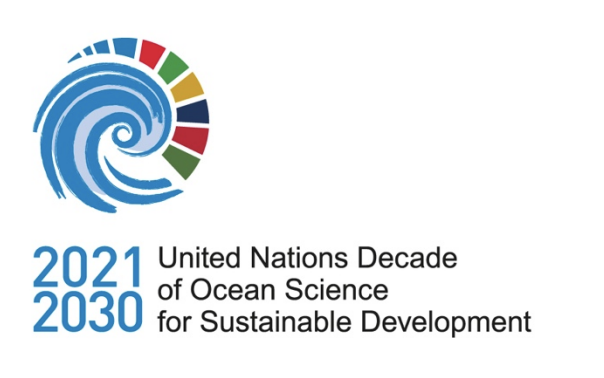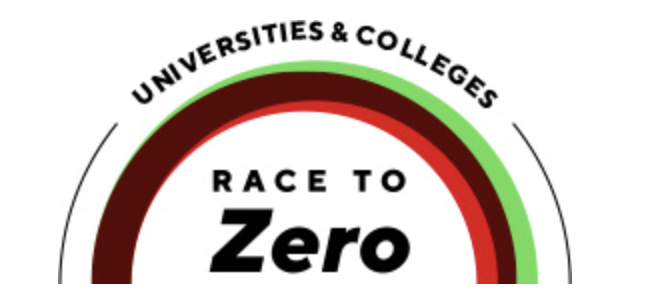Regenerative Agriculture for Food Security and Climate Change in Galapagos
As part of our strategic alignment with the UN Sustainable Development Goals, IOI launched a Sustainable Agriculture program in Galapagos in October 2017. It’s multitude of socio-environmental benefits make regenerative agriculture is one of the keystones to achieving sustainable development addressing several UN SDGs at once.
IOI’s program provides technical and financial assistance to the local agriculture sector in Galapagos and serves as the “carbon in-setting” tool for IOI’s Carbon Negative Strategy. The project comprises of three interlinked goals:
improve food security for and reduce carbon footprint of life in Galapagos
protect the environment and restore degraded lands
increase socio-economic benefits to the community
To that extend we work in three different areas of sustainable agriculture development: Improving local farming practices, integrating agriculture into the larger socioeconomic context, and leveraging agriculture as one of the main contributors to global environmental solutions.
Transitioning agriculture to regenerative practices
One of the main tenants of regenerative agriculture is to leave more in the soil than you remove by the farming of the land. We employ education, infrastructure assistance, and new (old) frameworks to incite positive change
Building Greenhouses: greenhouses reduce the need for pesticides, enable farmers to grow year round, and offer a steadier income for these rural families
Livestock Improvement: healthier livestock increases meat and milk production with obvious nutritional benefits to the local consumers. Additionally however, and contrary to some common beliefs, well-managed ungulates are an integral part to regenerative farming. Proper extensive rotational grazing can turn otherwise unfarmable environments into huge carbon sinks by building top-soil through grazing, fertilizing, and slightly plowing the ground.
Monthly “field schools” : where local farmers learn about regenerative practices such as: Crop Rotation, Soil and water conservation, Intercropping, Farm planning, Agro-forestry, Organic pest control, Value-added products, etc
Agriculture is not an enemy of conservation but its first line of defense
Regenerative farming is the antidote to extraction based industrial farming that strips the soil of its nutrients then tries to pour them back in using chemical fertilizers. Rather than cost minimization we aim for benefit maximization in our approach to agriculture.
Reforestation and AgroTourism: Through our cooperation with Conservation International, the project provides farmers with the tools to properly manage wood stands on their properties, receive seedlings of endemic trees, and establish educational hiking trails for visitors to enjoy
Conservation corridors: establish protection zones to allow for uninterrupted corridors for Petrel and Giant Tortoise nesting migration
Invasive species eradication and replacement with native/productive species: working with farmers to establish set-backs from property lines that are planted with native and endemic species from a seedbank established through the project and our cooperation with the Ministry of Agriculture
Research and international program integration
Our innovative model merges higher education and research, sustainable development, and the goodwill of dedicated people.
Academic support: We have good intentions and dedication, but the expert insights come from our academic partner in sustainable agriculture, the University of Illinois’ AgReach project.
Carbon negative volunteering: We need your help. IOI is an industry leader in offering climate conscious volunteering opportunities. You will be working on real farms, with real government entities, causing real change on the ground - REDUCING climate change with your trip.
Carbon “in-setting”: Regenerative agriculture sequesters carbon. Our sustainable agriculture initiative enables us to “in-set” (inhouse offset) our carbon emissions as part of our Carbon Negative Strategy
























